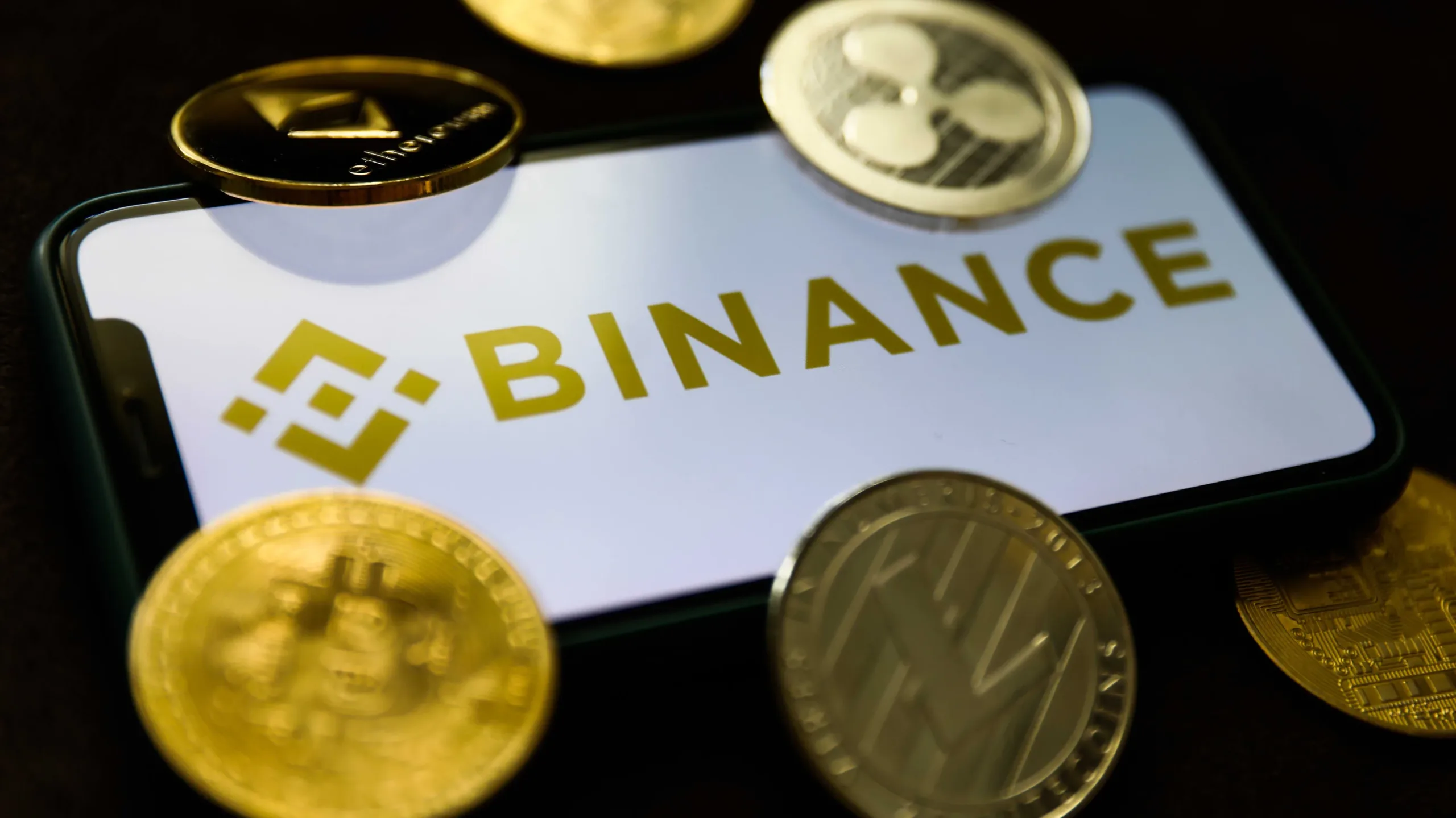Key Points:
- Binance self-trade prevention was mandatory to protect users and lower fees.
- Users can set parameters to prevent unintentional self-trades, increasing cost efficiency.
In a bid to enhance user protection and compliance and reduce undesired fee charges, Binance, the world’s largest cryptocurrency exchange, is set to implement mandatory self-trade prevention measures for all spot and margin users, starting at 8:00 AM UTC on October 26.

Binance Self-trade Prevention To Boost User Protection
Binance self-trade prevention (STP) is a crucial mechanism designed to prevent users from unintentionally trading with themselves, a phenomenon that can lead to unnecessary trading fees. Previously, the exchange had offered Binance self-trade prevention on an opt-in basis. However, the transition to mandatory implementation will ensure a more comprehensive and robust approach to safeguarding users.
The self-trade prevention feature enables users trading on Binance’s Spot and Margin Markets to set an STP parameter for their orders. This parameter empowers users to determine whether they want the maker order, the taker order, or both to expire in cases where self-trading could occur. The default mode is for the maker’s order to expire.
The Exchange Ensures Secure A Trading Environment
The optional nature of this feature was met with positive feedback, but the move to a mandatory application offers significant advantages. It reduces the likelihood of inflated trade volume, deters manipulative trading practices, and acts as a buffer against artificial price fluctuations caused by self-trades. This not only safeguards users but also enhances the overall cost efficiency of trading activities.
In a related development, Binance briefly suspended cryptocurrency withdrawals, citing a “technical issue.” The exchange swiftly resolved the problem within an hour, ensuring minimal disruption to its services. This incident underlines the exchange’s commitment to maintaining operational integrity and providing a secure trading environment for its millions of users.
DISCLAIMER: The information on this website is provided as general market commentary and does not constitute investment advice. We encourage you to do your own research before investing.






















